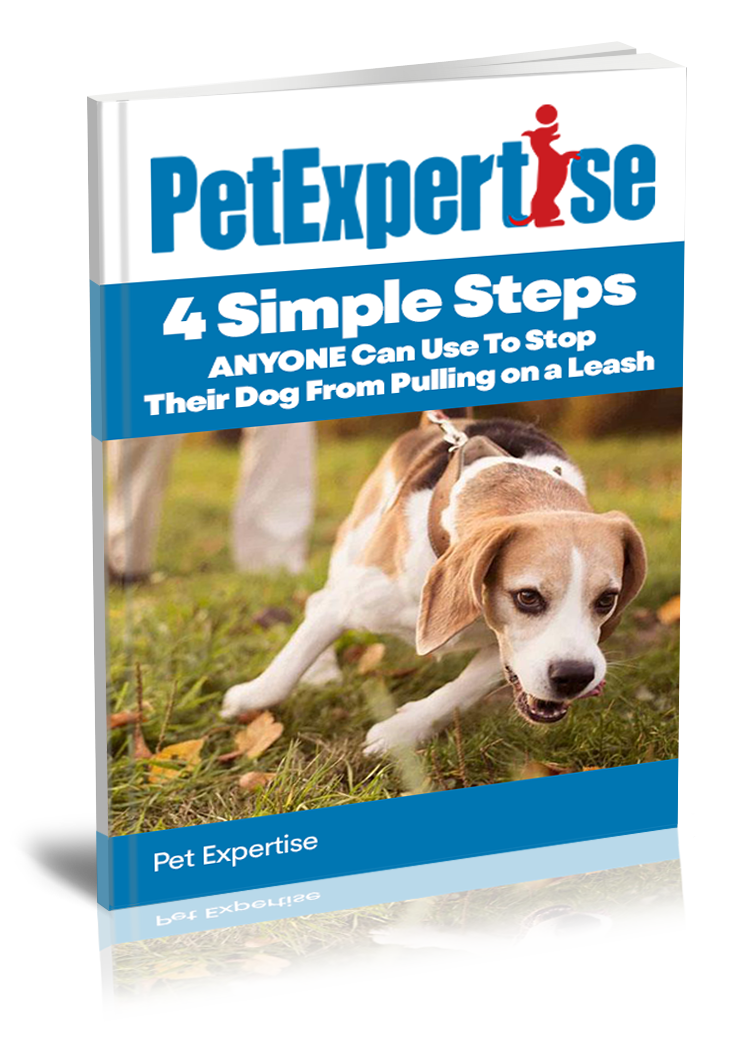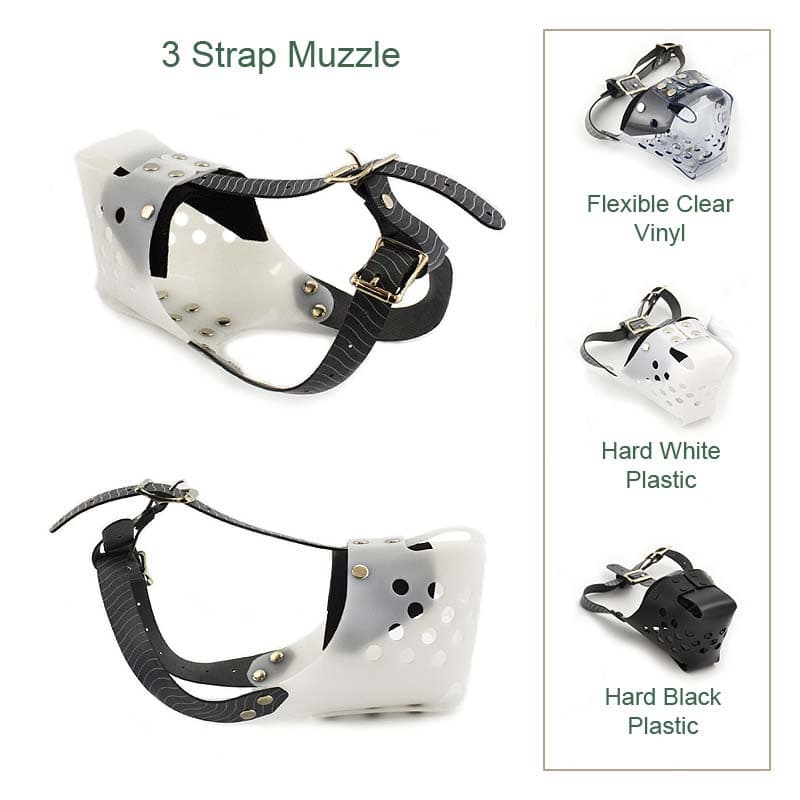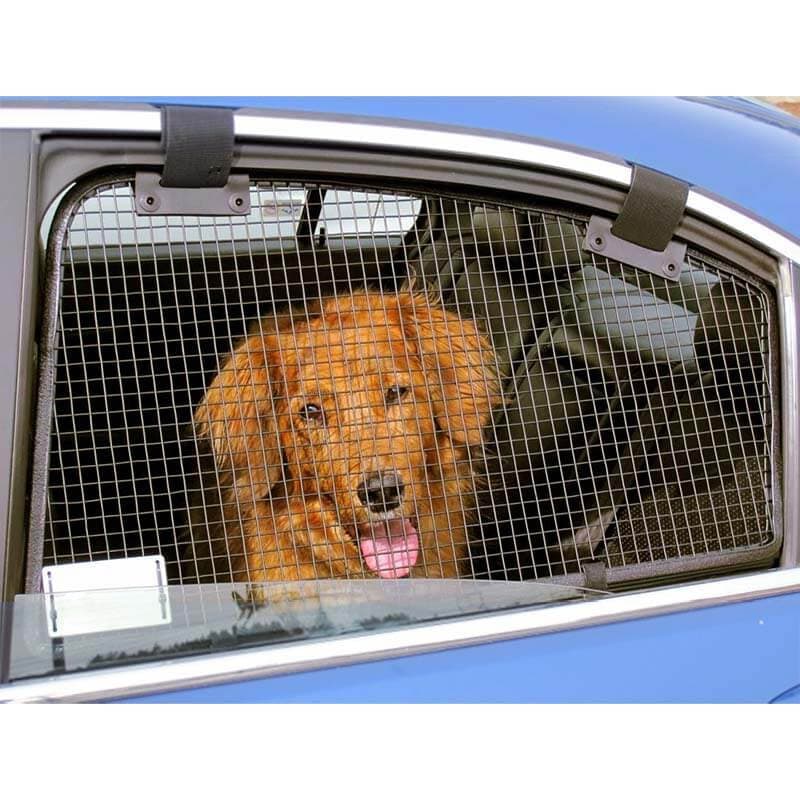Does Putting Your Dog In a Timeout Work?

Hi, my name is Jess Rollins and I'm here totalk today about timeouts and why I don't really use them anymore in the way I used to. But first, let me tell you, I'm Jess Rollins. I am the founder and former owner of our dear petexpertise.com, and I am also a professional dogtrainer with over ten years of experience.
And I'm a reward based dog trainer, which means I do not use things like shock, pinch, choke, and I really don't use timeouts that much anymore. I used to use them because they are fairly gentle and effective.
But I want to talk to you today about first I'll tell you how to do them, just so you know, and you want to use it. And then I will tell you what to do instead. So the way we used to do the timeout is we'd have the dog drag a leash, a light piece of rope, only when supervised. If a naughty attention seeking behavior happens, like say you're sitting on the couch and your dog is like all over you or barking at you to do something, right? So what you would do is that behavior happens.
You say timeout and then you walk your dog, repeating the word timeout. You walk your dog over to a little bathroom or something, close the door, wait 30 seconds for some sort of small amount of calm, let your dog out and repeat. And this usually would work in five to ten trials. So it's fairly effective and fairly gentle. But the problem is you are punishing your dog for walking with you, right? I don't love that. Meaning the dog's not getting rewarded, right, for coming along with you into the bathroom.
The dog may struggle, the dog may not want to be closed in the bathroom. It can be kind of messy. And so instead of using a timeout for these attention, naughty behaviors like jumping, barking at you, humping instead of that, what I do now is I focus on teaching the dog something else to do.
So for jumping up, there's also some prevention needed too. So for jumping up, we're going to use our prevention by having the dog say somebody holding a leash or the leash is tied back when the guest comes in, or you, you're going to have the dog ask the dog to sit and come forward. If the dog stands up again, even you're going to walk away. Especially if the dog jumps up, you're going to walk away, maybe even leave out the door.
So we're timing the humans out instead of the dog. And this is much nicer because the humans don't struggle. They're usually fine to go. So let's see.
So for jumping, the other thing we do is we teach the dog to sit even when excited. So we make a game out of it, run around with them, sit, get a treat, hold a toy in the air, sit, get a treat, right? So they learn sitting makes great things happening happen. And then we add you have to sit to greet and if you jump you're going to lose your person and they want to say hi more than they want anything else. So that is super effective.
We can use say you're sitting on thecouch and your dog starts humping your leg. Say, walk out of the room, close the door. Because humping is also an attention seeking behavior that works very well. Same with barking for attention. Get up, leave the room. It gets your exercise in.
You can always get yourself a snack. We have to make it rewarding for the humans too. But the reward is also in the fact that your dog will stop being so annoying, right? So one little thing to remember is let's say your dog's barking at you for attention. One thing I see people do, which is a good thought, but it doesn't work out so well if your dog does the naughty attention seeking behavior.
And then you ask for a sit and then you reward the sit with the attention they wanted with the ball they wanted, with the treat they wanted, you are accidentally rewarding that naughtiness. So I would rather you walk out of the room for a moment, come back in, wait a little bit, ask your dog to sit, then give your dog something they wanted so they don't ever get something they wanted for that naughty behavior.
And what else can I tell you guys about time out and how we used to use it? It's funny because this talk was going to be about how to use a timeout and it made me realize I don't like to use timeout anymore. So it changed into kind of like why not use a timeout?
So when you feel like you want to punish a behavior with anything, right, timeout is one way a shaker can saying no, all that when you think, oh, I want to punish this behavior. This is driving me crazy. Instead, think, how can I reward something else? What else could my dog do? Sit is usually a good one, down is usually a good one.
And then think, how can I let my dog know that they're not going to get my attention for this behavior? Which usually means being like dramatic about I'm leaving, right? You just have to be crisp, see you later, and walk out of the room. So I hope you enjoyed this video. I enjoyed making it and hope to see you around. Pet Expertise. Have a great day.
- Choosing a selection results in a full page refresh.
- Press the space key then arrow keys to make a selection.



